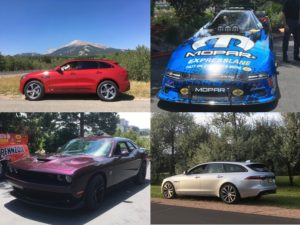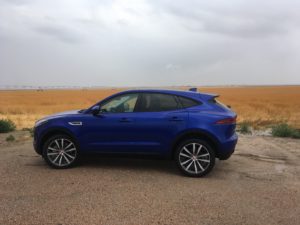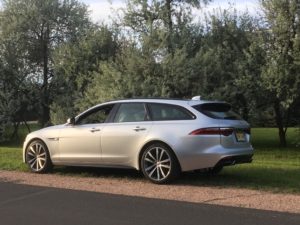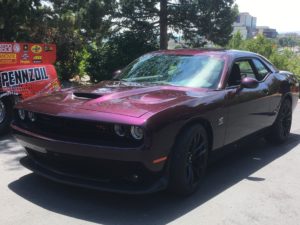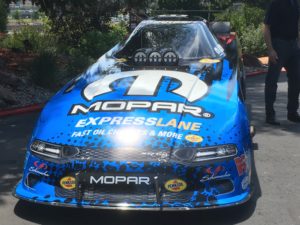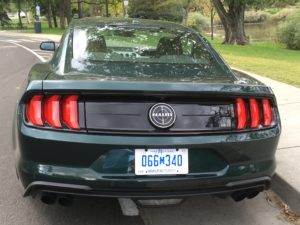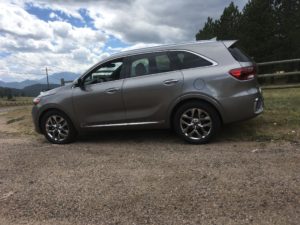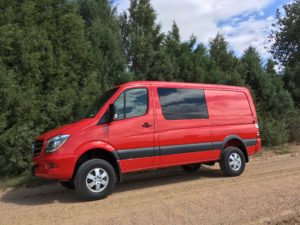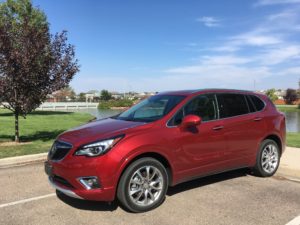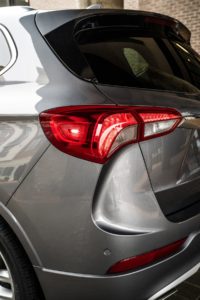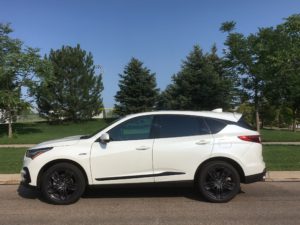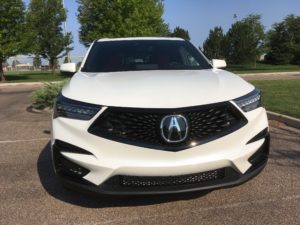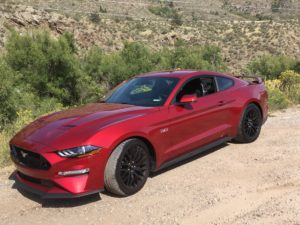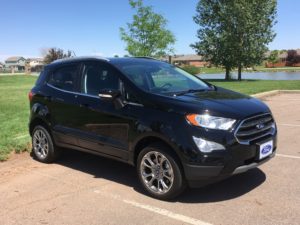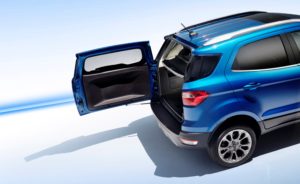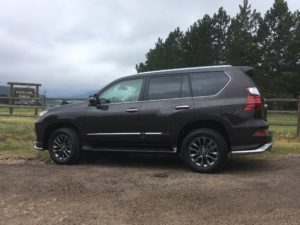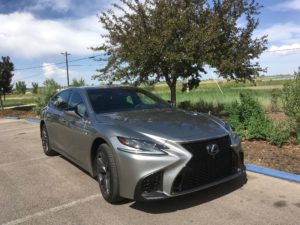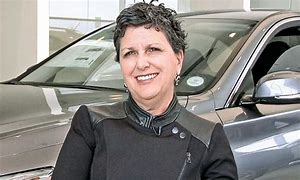
Mary Pacifico-Valley, who at age 19 began basic duties with Rickenbaugh Automotive and 30 years later became owner, has been named Colorado Time Dealer of the Year for 2019.
Nominated by Tim Jackson, president of the Colorado Automobile Dealers Association (CADA), Pacifico-Valley will be one of 51 dealers from around the country honored at the National Automobile Dealers Association Show in San Francisco on Jan. 25, 2019. One of the 51 will be named national
Time Dealer of the Year. The award is sponsored by Ally Financial.
Pacifico-Valley is only the third woman from Colorado to be honored over the past 50 years. Barbara Vidmar of Pueblo was Colorado Time Dealer in 2006 and Lisa Schomp of Schomp Automotive in Denver was honored in 2007.
A 1975 graduate of Westminster High School, Pacifico-Valley started her career at Rickenbaugh in Denver a year later. “I would phone customers with friendly reminders for service updates and repairs, and work with salespeople to ensure they kept in contact with their customers,” she said. She quickly advanced to tire department manager, service office manager, then to controller, and eventually to general manager.
She was one of the few women in the country to lead a dealership group when she became full owner and president of Rickenbaugh Automotive Group (Cadillac/Volvo), which today also includes an Infiniti store in Dacono.
Along with a busy work schedule, Pacifico-Valley went back to school and earned a B.A. in business administration in 1984 and an M.B.A. in finance and accounting in 1990 from Regis University in Denver; she currently is a member of the university’s board of trustees. She attributes her success to sheer determination, education and always placing customers at the top of the organizational chart.
She is involved in organizations that are helping shape the future of Colorado, from local neighborhood development to statewide advocacy, including the Golden Triangle Association, Downtown Denver Partnership and the Colorado Association of Commerce and Industry.
Pacifico-Valley received the Lifetime Achievement Award in 2013 from the Colorado Women’s Chamber of Commerce. She is married to Dennis Valley.
Colorado Time Dealer Award winners:
- 2019 – Mary Pacifico-Valley
- 2018 – Todd Maul
- 2017 – Bill Hellman Jr.
- 2016- Bob Penkhus
- 2015- Scott Ehrlich
- 2014- Bob Ghent
- 2013- Jay Cimino
- 2012- Mike Shaw
- 2011- Doug Moreland
- 2010- Jack Terhar
- 2009- John Medved
- 2008- Don Hicks
- 2007- Lisa Schomp
- 2006- Barbara Vidmar
- 2005- Jeffrey Carlson
- 2004- Jim Morehart
- 2003- Lee Payne
- 2002- John Schenden
- 2001- Dean Dowson
- 2000- Kent Stevinson
- 1998- Fred Emich
- 1997- John Clatworthy
- 1996- Lloyd Chavez
- 1995- Jim Reilly
- 1994- Herrick Garnsey
- 1993- Roland Purifoy
- 1992- Jim Suss
- 1991- Doug McDonald
- 1990- Bob Markley
- 1989- Bob Fisher
- 1988- Harry Dowson
- 1987- Joe Luby
- 1986- R.W. Dellenbach
- 1985- Hugh Tighe
- 1984- Florian Barth
- 1983- R.S. Doenges
- 1982- Jack Maffeo
- 1981- Nate Burt
- 1980- Dwight Ghent
- 1979- Tony Fortino
- 1978- George McCaddon
- 1977- Gene Wilcoxsen
- 1976- Ralph Schomp
- 1975- Al O’Meara
- 1974- Charlie Williams
- 1973- Vern Hagestad
- 1972- Dick Deane
- 1971- Gene Markley
- 1970- Russ Lyon
